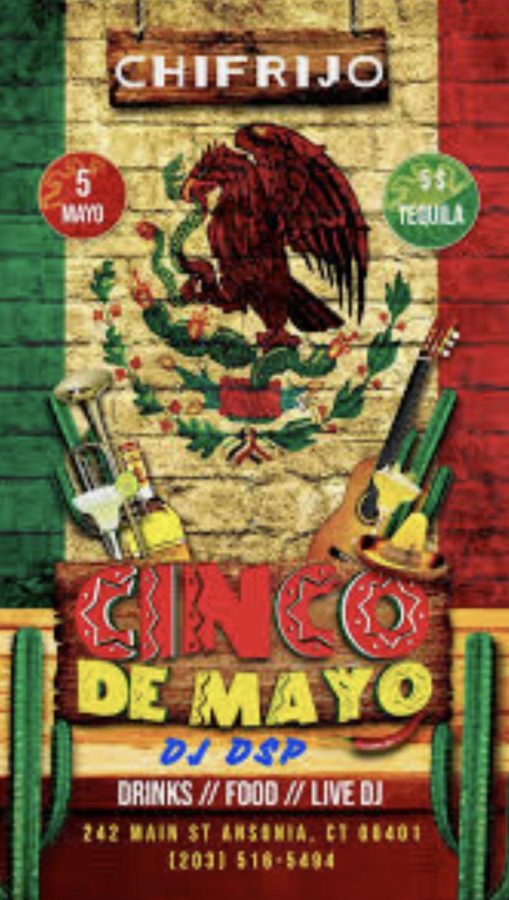Cinco de Mayo has a deeper meaning than what meets the eye. The Mexican army and government gained victory at the Battle of Puebla during the Franco-Mexican war on May 5, 1892. This holiday is not a celebration but a remembrance commemorating their victory over France.
It is a common misconception that Cinco de Mayo is celebrated because it is the day Mexico gained its Independence. According to britannica.com, Mexico gained its independence 50 years prior to the war that led to the celebration of this holiday.
In 1861, a man named Benito Juárez, a lawyer and member of the Zapotec tribe, was elected president of Mexico. At this time, Mexico was in an unstable financial state and wasn’t able to repay their debt. As a result, France, Britain, and Spain sent naval forces to Veracruz, Mexico demanding their money back.
Britain and Spain came to a negotiation with Mexico and withdrew their forces. However, France used this opportunity to create an empire out of Mexican territory. Towards the end of 1861, a French army invaded Veracruz and drove President Juárez into retreat.
Cinco de Mayo is also referred to as Battle of Puebla Day. While this holiday is not commonly celebrated throughout Mexico, it is celebrated within the state of Puebla.
Puebla de Los Ángeles, Puebla for short, is a small town in East-Central Mexico that was attacked by Charles Latrille de Lorencez, leader of France. He formed an army of over 6,000 French troops. Juárez assembled a team of over 2,000 indigenous Mexican men and sent them to Puebla.
The outnumbered Mexicans, led by General Ignacio Zaragoza defended their town and prepared for French attack. On May 5, 1862 Lorencez led his heavy artillery army to attack Puebla.
The Battle of Puebla lasted from daybreak to early evening. When the French retreated, they had lost nearly 500 soldiers. While fewer than 100 Mexicans had been killed in battle.
Zargoza’s success at the Battle of Puebla represented a monumental victory for the Mexican government.
Spanish teacher Margaret Morazzini shows her appreciation for Cinco de Mayo. Morazzini states, “The holiday became popular in the 1960’s during civil rights activism because it represented a marginalized group that wanted equal rights and for their culture to be represented in a good light.”
Today, common traditions include parades, parties, mariachi music, Mexican folk dancing and traditional foods such as tacos, and mole poblano. Mole poblano is a sophisticated Pueblan dish which consists of ancho chiles topped with a dark red sauce with chocolate.
According to an article on history.com, some of the biggest United States Cinco de Mayo celebrations are held in Los Angeles, Houston and Chicago.
This holiday has evolved into a commemoration of Mexican culture and heritage, especially in regions with large Mexican-American populations. This celebration is an outlet for Mexican and Mexican-American pride in the United States.
Robert Aronson, a routine celebrator of Cinco de Mayo, states, “Cinco de Mayo is a day of celebration in some parts of Mexico and the U.S. It is a great excuse for friends and family to get together to enjoy Mexican cuisine and beverages.”
Mexico was limited to the celebration of this holiday because of the dictatorship of Porfirio Diaz. When he was younger, Diaz participated in the battle of Puebla; the celebration of this holiday was abandoned when this became common knowledge, and banks, offices, and as a result, stores remain open in Mexico because it is not considered a federal holiday.







